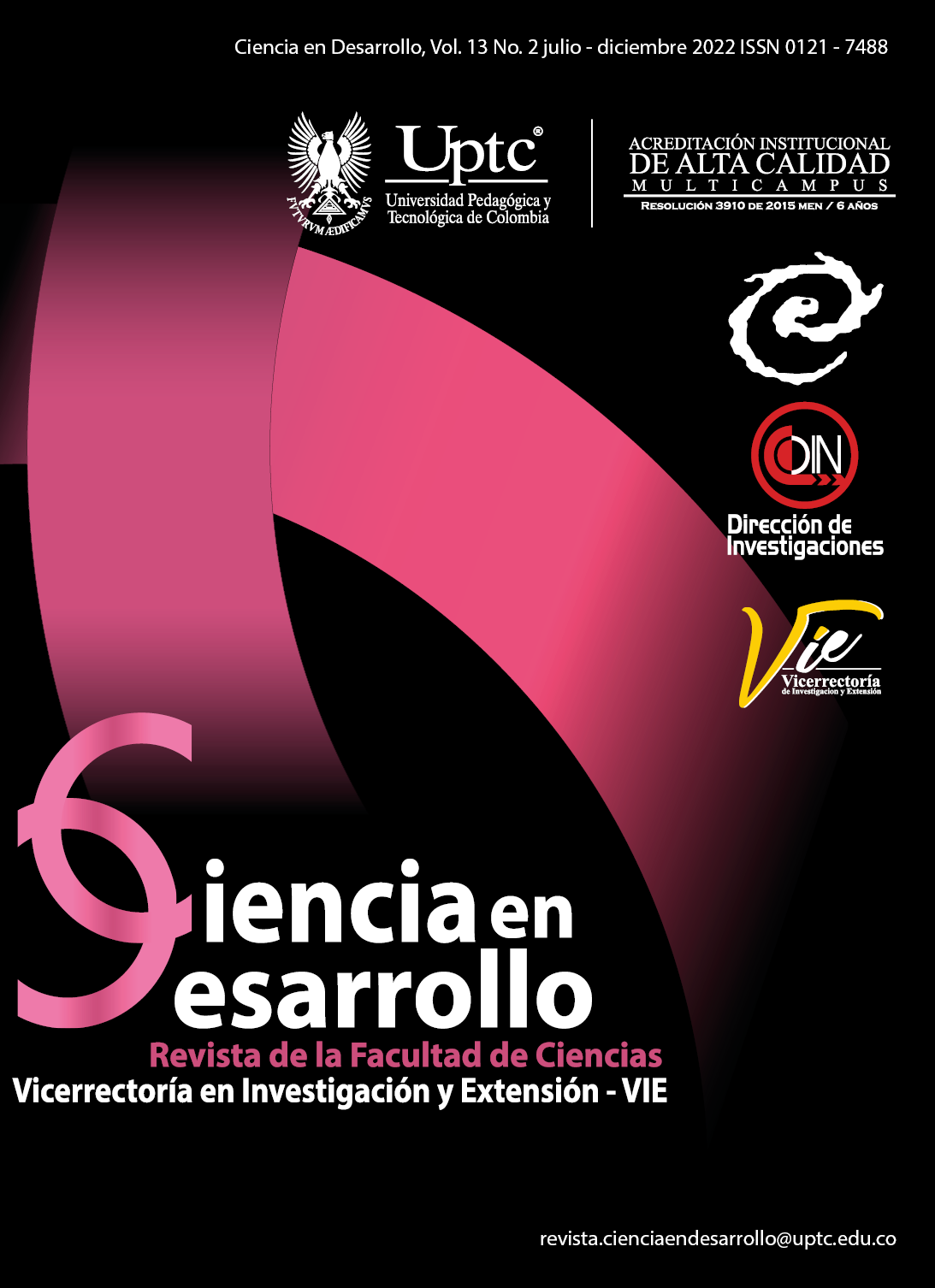Control óptimo de la glucosa en la sangre mediante infusión continua de insulina

Resumen
En este trabajo se plantea el problema del régimen de suministro de insulina en un paciente diabético como un problema de control óptimo, de tal manera que no se genere sobredosis o insuficiencia del medicamento hormonal bajo diferentes estilos de alimentación. La interacción entre la glucosa e insulina se modela como un sistema no lineal de ecuaciones diferenciales ordinarias. Se prueba la existencia y unicidad global de la solución de dicho sistema, al igual que la del control óptimo. El problema de control óptimo se resuelve de manera directa empleando el método de programación cuadrática secuencial. Los resultados numéricos sugieren establecer, según el estilo de alimentación del paciente, el nivel de concentración de glucosa prescrito a mantener durante el día. Se espera que el estudio analítico y numérico de esta propuesta sea de ayuda en futuros desarrollos en bombas de insulina.
Palabras clave
Control óptimo, programación no lineal, dinámica glucosa-insulina, diabetes, biología matemática
Citas
- Ackerman, E., Gatewood, L., Rosevear, J. & Molnar, G. Model studies of blood-glucose regulation. Bulletin Of Mathematical Biology. vol. 27, pp. 21-37, 1965. DOI: https://doi.org/10.1007/BF02477259
- Ajmera, I., Swat, M., Laibe, C., Novère, N. & Chelliah, V. The impact of mathematical modeling on the understanding of diabetes and related complications. CPT: Pharmacometrics & Systems Pharmacology, vol. 2, pp. 1-14, 2013. DOI: https://doi.org/10.1038/psp.2013.30
- Alonso Cisneros, I. Técnicas de control en modelos matemáticos para la diabetes. Universidad de Cantrabria, 2015.
- Andrikov, D. & Kurbanov, S. Development of a Linear Model of Diabetes Mellitus with a PID Controller and a Method for Automatic Adjustment of the PID Controller. Intelligent Sustainable Systems, pp. 43-49, 2022. DOI: https://doi.org/10.1007/978-981-16-6309-3_5
- Apablaza,P.,Soto,N.,Román,R.&Codner,E. Nuevas Tecnologías en diabets. Revista Médica Clínica Las Condes, vol. 27, pp. 213-226, 2016. DOI: https://doi.org/10.1016/j.rmclc.2016.04.011
- Barbu, V. Mathematical methods in optimiza- tion of differential systems. Springer Science & Business Media, 2012.
- Barragán, F. Técnicas de control robusto H2/H para sistemas controlados a través de redes de comunicación. Universidad de Sevilla, 2012.
- Beato, P. Sistemas de páncreas artificial disponibles en el mercado español: ¿qué aportan al paciente?. Revista Diabetes. vol. 58, pp. 28-32, 2019.
- Bergman, R., Ider, Y., Bowden, C. & Cobelli, C. Quantitative estimation of insulin sensitivity. American Journal Of Physiology- Endocrinology And Metabolism, 236, E667, 1979. DOI: https://doi.org/10.1152/ajpendo.1979.236.6.E667
- Bolie, V. Coefficients of normal blood glucose regulation. Journal Of Applied Physiology, vol. 16, pp. 783-788, 1961. DOI: https://doi.org/10.1152/jappl.1961.16.5.783
- Bulirsch, R. & Stoer, J. Introduction to numerical analysis. Springer, 1996.
- Fatsecret Chile Calculadora conteo de calorías y carbohidratos por porción de alimento, 2021. https://www.fatsecret.cl/calorias-nutricion/
- Fisher, M. & Teo, K. Optimal insulin infusion resulting from a mathematical model of blood glucose dynamics. IEEE Transactions On Biomedical Engineering, vol. 36, pp. 479-486, 1989. DOI: https://doi.org/10.1109/10.18755
- Staten, M., Stern, M., Miller, W., Steffes, M., Campbell, S. & Workgroup, I. Insulin assay standardization: leading to measures of insulin sensitivity and secretion for practical clinical care. Diabetes Care, vol. 33, pp. 205-206, 2010. DOI: https://doi.org/10.2337/dc09-1206
- Huang, M., Li, J., Song, X. & Guo, H. Modeling impulsive injections of insulin: towards artificial pancreas. SIAM Journal On Applied Mathematics, vol. 72, pp. 1524-1548, 2012. DOI: https://doi.org/10.1137/110860306
- Kapur, J. Mathematical modelling. New Age International, 1988.
- Knopp, J., Holder-Pearson, L. & Chase, J. Insulin Units and Conversion Factors: A Story of Truth, Boots, and Faster Half-Truths. Journal Of Diabetes Science And Technology, vol. 13, pp. 597-600, 2019. DOI: https://doi.org/10.1177/1932296818805074
- König Quantifying the Contribution of the Liver to Glucose Homeostasis: A Detailed Kinetic Model of Human Hepatic Glucose Metabolism. PLOS Computational Biology, vol. 8, pp. 1-17, 2012. DOI: https://doi.org/10.1371/journal.pcbi.1002577
- Leon, B., Alanis, A., Sanchez, E., Ornelas- Tellez, F. & Ruiz-Velazquez, E. Neural inverse optimal control applied to type 1 diabetes mellitus patients. Analog Integrated Circuits And Signal Processing, vol. 76, pp. 343-352, 2013. DOI: https://doi.org/10.1007/s10470-013-0109-8
- ̈Medtronic Minmed Inc Información básica sobre el tratamiento con bomba de insulina. (2015),
- Mirzaee, A., Dehghani, M. & Mohammadi, M. Optimal impulsive blood glucose control through multiple injections. Chaos, Solitons & Fractals, vol. 152, pp. 111326, 2021. DOI: https://doi.org/10.1016/j.chaos.2021.111326
- Myfitnesspal Calculadora conteo de calorías y carbohidratos por porción de alimento, 2021. https://www.myfitnesspal.com/es/food/search
- Nocedal, J. & Wright, S. Numerical opti- mization. Springer Science & Business Media, 2006.
- Pan, D., Wang, K., Zhou, Z., Liu, X. & Shen, J. FAHP-based Mathematical Model for Exercise Rehabilitation Management
- of Diabetes Mellitus. arXiv, 2022. https://arxiv.org/abs/2201.07884
- Parker, R., Doyle, F. & Peppas, N. A model- based algorithm for blood glucose control in
- Type I diabetic patients. IEEE Transactions On Biomedical Engineering, vol. 46, pp. 148-157, 1999. DOI: https://doi.org/10.1109/10.740877
- Pedregal, P. Introduction to optimization. Springer New York, 2006.
- Rathee, S. & Nilam ODE models for the man- agement of diabetes: A review. International Journal Of Diabetes In Developing Countries, vol. 37, pp. 4-15, 2017. DOI: https://doi.org/10.1007/s13410-016-0475-8
- Song, X., Huang, M. & Li, J. Modeling Impulsive Insulin Delivery in Insulin Pump with Time Delays. SIAM Journal On Applied Mathematics, vol. 74, pp. 1763-1785, 2014. DOI: https://doi.org/10.1137/130933137
- Swan, G. An optimal control model of diabetes mellitus. Bulletin Of Mathematical Biology, vol. 44, pp. 793-808, 1982. DOI: https://doi.org/10.1016/S0092-8240(82)80043-8
- Uvaliyeva, I. & Ismukhamedova, A. Mathe- matical Model for Early Diagnosis of Diabetes Mellitus 2021 International Young Engineers Forum (YEF-ECE), pp. 104-108, 2021. DOI: https://doi.org/10.1109/YEF-ECE52297.2021.9505105
- Velásquez, S., Velásquez, R., Leyton, M., Borjas, J. & Custodio, A. Modelado del control de la regulación de Glucosa. Universidad, Ciencia Y Tecnología, vol. 17, 2013.
- Wang, L. PID Control System Design and Automatic Tuning using MATLAB/Simulink. Wiley-IEEE Press, 2020. DOI: https://doi.org/10.1002/9781119469414